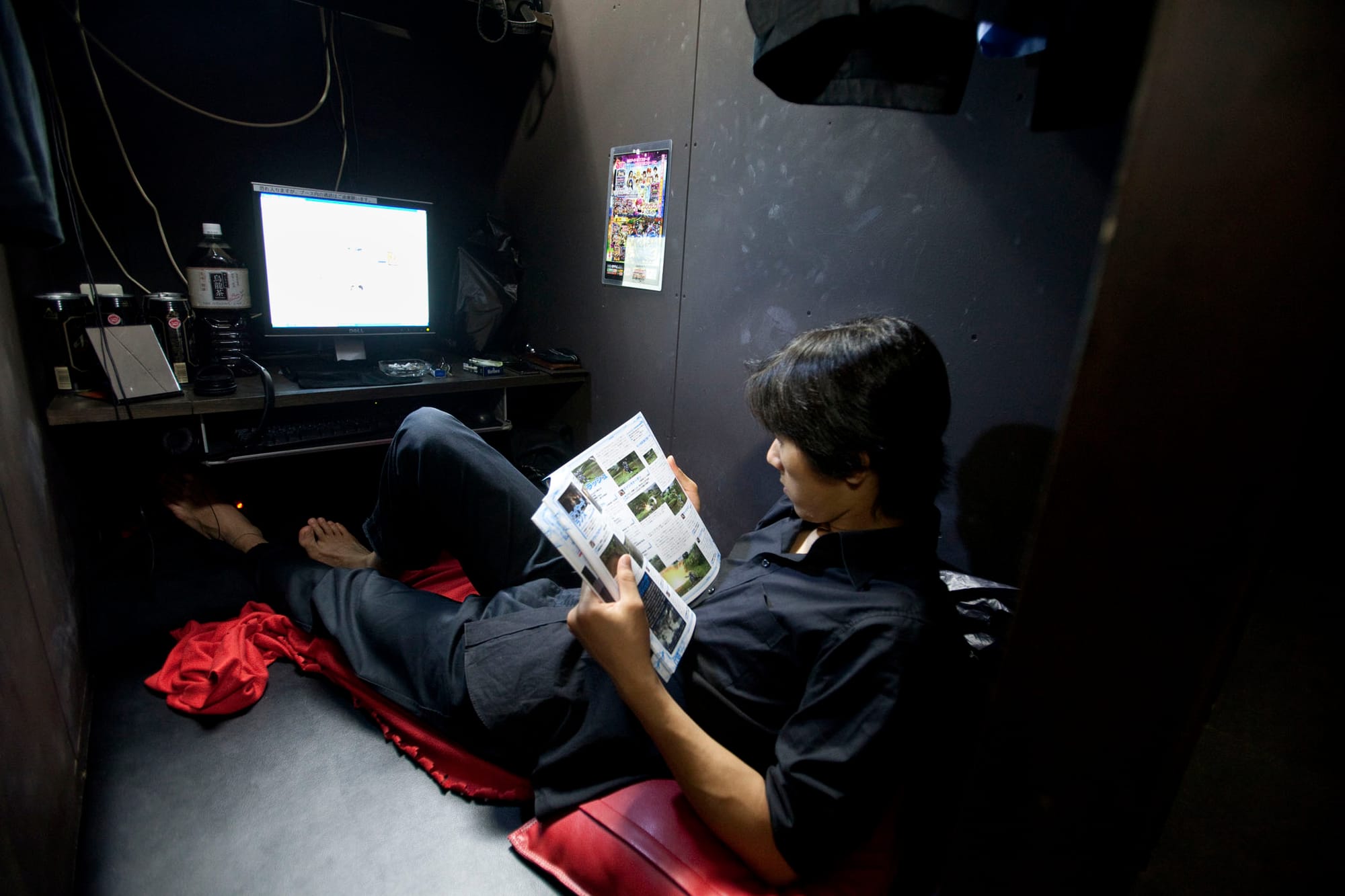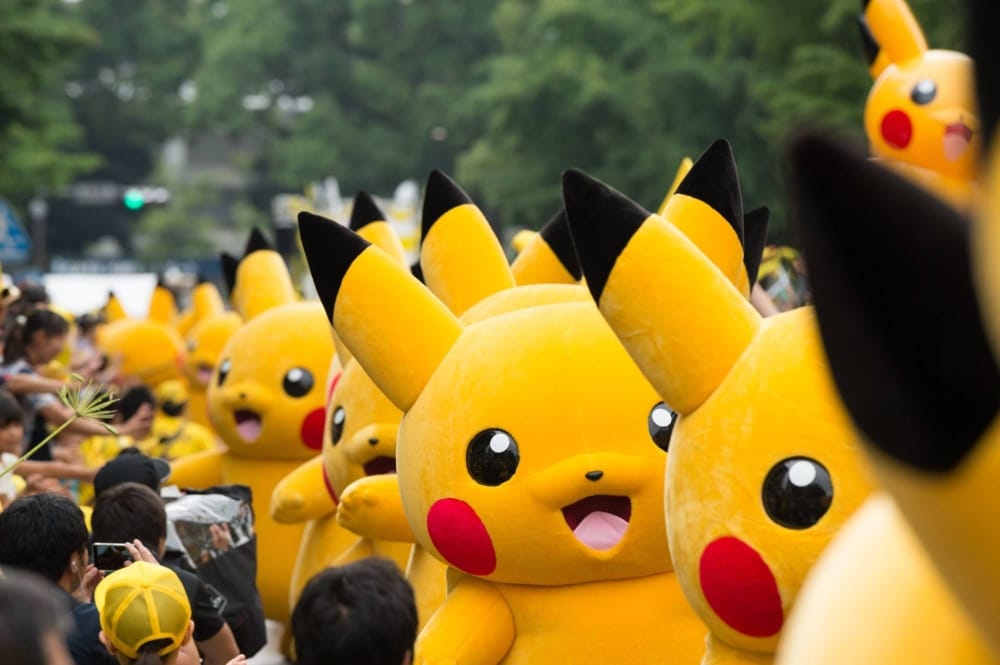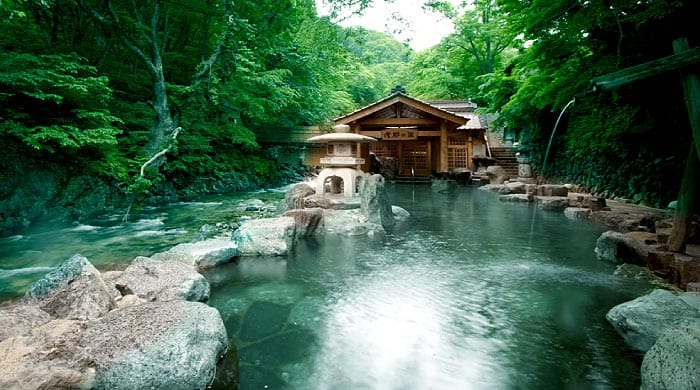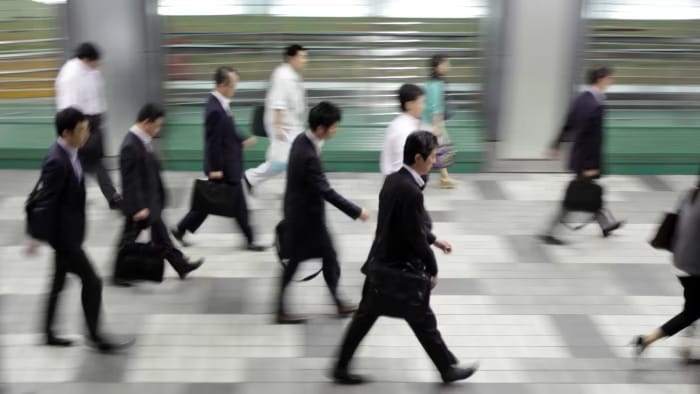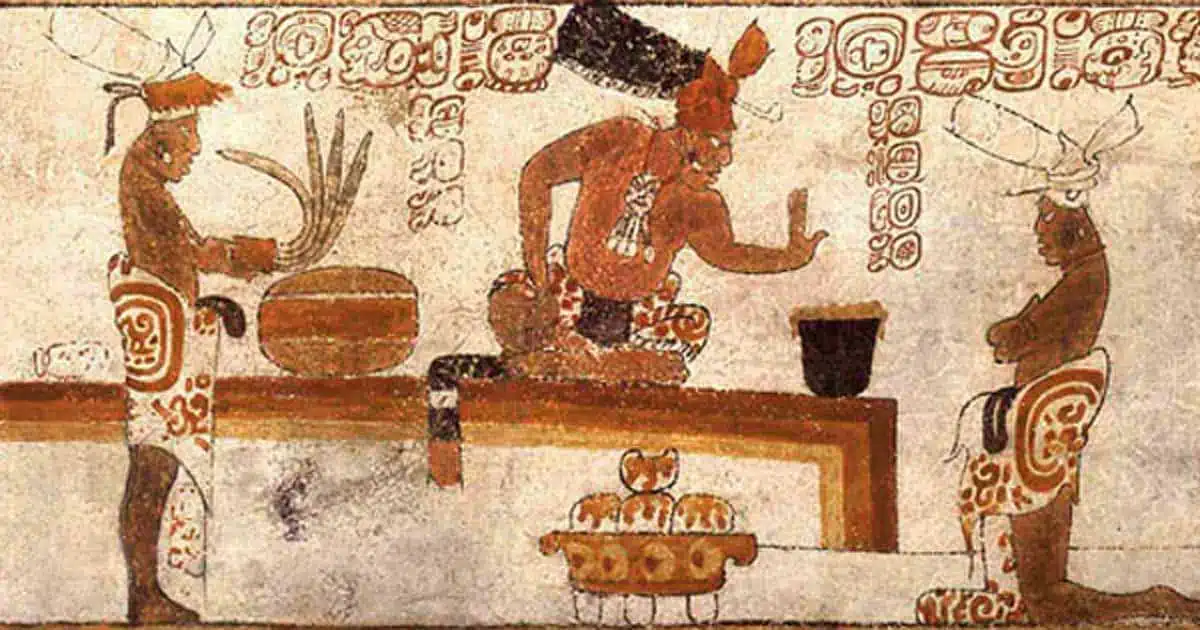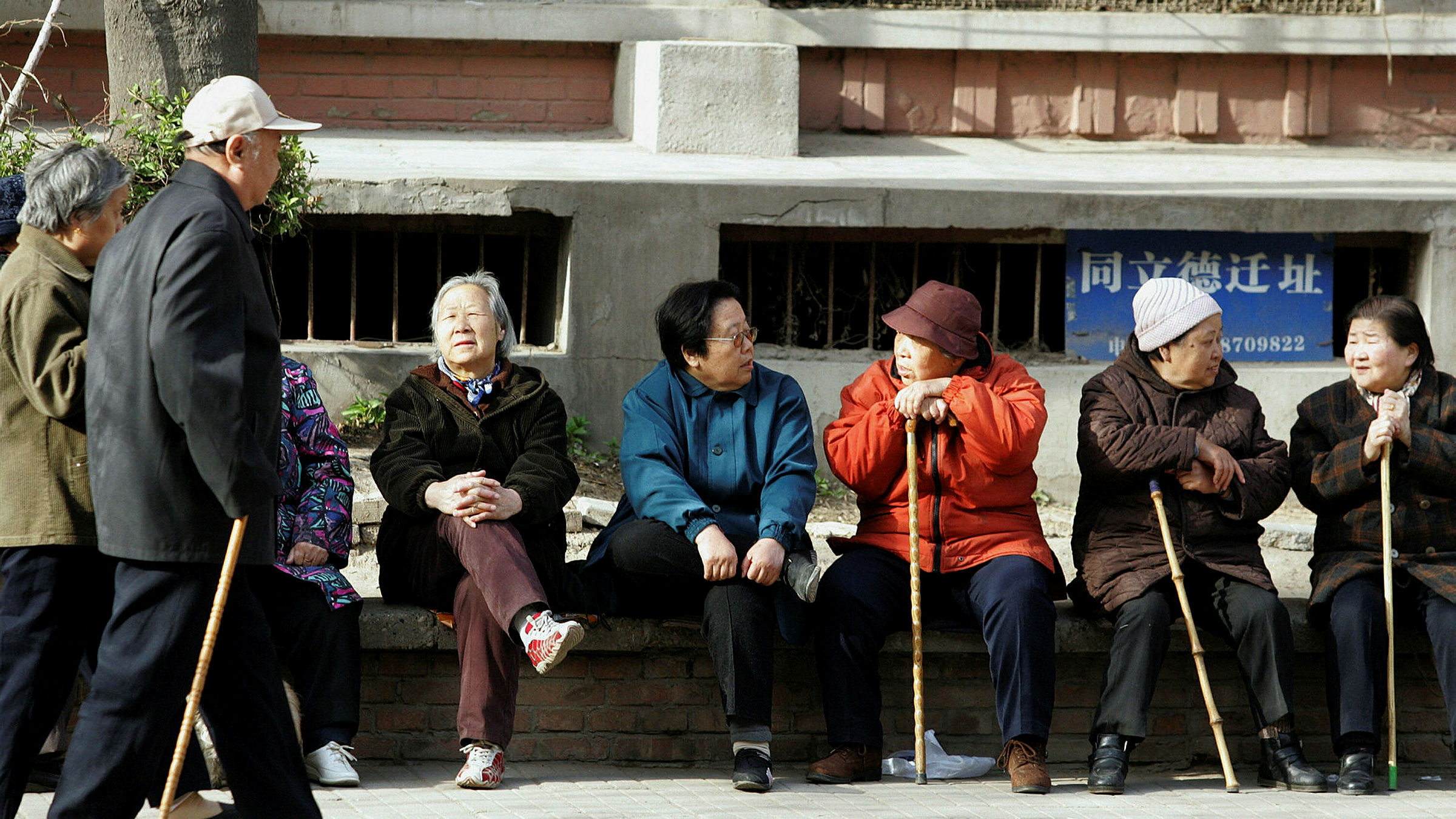Shame in Japan: Past, Present and Future
In 1946, American anthropologist Ruth Benedict coined the term ‘shame culture’ in her study of Japanese culture, The Chrysanthemum and The Sword.
“True shame cultures rely on external sanctions for good behavior, not, as true guilt cultures do, on an internalized conviction of sin. Shame is a reaction to other people's criticism."
Her thesis was widely studied in post-war Japan, ‘during a period of intense national self-examination’; it was, however, welcomed with much scrutiny. In his book, The Anatomy of Dependence, Takedo Doi argues that Benedict’s implications of the distinction in moral conduct between Japan and the West are moralistic and that she "allows value judgements to creep into her ideas."; many other Japanese readers have shared this criticism.
Furthermore, as Shinji Yamashita has argued, the change across Japan since World War 2 would render many of Benedict’s observations unrecognisable.
I would like to reconsider the ‘shame culture’ in Japan, therefore, for the implications it carries today. I will discuss the historical roots that have led to the formation of this culture, the presence of shame in modern Japanese society and the changing future of this societal philosophy. Despite the criticism her works have received, Benedict’s analysis highlights a primordially significant aspect of Japanese culture that characterises the state of the nation today, both through its most pressing issues and its unique wonders.
The origins of Shame
The earliest traces of shame in East Asian culture come from the philosophy of Confucius, who was a strong believer in society built around harmonious social relationships and moral correction through shame:
“Lead them through moral force and keep order among them through rites, and they will have a sense of shame and will also correct themselves,”
The influence of Confucianism in Japan, however, was not powerful enough to develop the ‘shame culture’ Benedict observed. It is instead the age of Samurai that is perceived as the source of thinking around shame, honour and duty that pervades Japanese society today, albeit in a less intense manner. Bushido, translated as ‘the way of the warrior’, was the code of conduct that Samurai lived by, rooted in ideas of preserving one’s honourable reputation. The most extreme element of Bushido was the practice of seppuku, a ritualistic suicide dating back to the 12th century that acted as a means of avoiding or atoning for one’s loss of honour.
Samurai culture is a distant reality now, but its multi-century spanning prevalence has left the shadow of its core philosophy ingrained in the Japanese way of thinking. I believe that this philosophy arises from a greater sense of societal harmony that is fundamental to Japanese culture. Keiichi Sakuta proposes that in contrary to Western nations, where groups such as the Church have divided the devotion of people in society to different communities, ‘the equivalent intermediary groups between the individual and society at large, the village community or other similar group, could maintain only a weak level of autonomy’ in Japan, which has resulted in strong national unity.
The character ‘wa’ (和), as per the Government of Japan, ‘conveys the sense of a group working together peacefully and helping one another’, whilst also referring to Japan and its people. Throughout history, individuals in Japan have been taught to weigh much more importance on social harmony or ‘wa’ than their own personal needs, ‘to live in service for others’. Hiroshi Minami explains that in the Tokugawa period, ‘Books of shingaku (popular ethics), which taught a philosophy of life to the masses of the Tokugawa period, always encouraged the people to have no self.’ By the philosophy of ‘wa’, therefore, any form of individualism is deemed as non-social; disrupting the harmony of society should be avoided at all costs. Individuals are recognised as components of groups, and should an individual accumulate shame, the reputation of the group is also tainted.
It is the Japanese conception of society and self, I believe, that leads to a culture of shame, where moral decisions are made in light of the public eye and individuals avoid attention, in order not to ruin the social harmony. This philosophy is also the foundation of the admirable strength and cohesion found within Japanese communities, that enables the nation to function in a manner rarely seen in other parts of the world.
The presence of Shame
I would now like to consider how this philosophy manifests itself in modern day Japan and assess where shame plays a significant role.
Amongst the implications of shame and the desire to reject individualism, the internalisation of human sentiment stands out in modern Japan and has created a culture of concealment and reservation.
Robert C. Christopher writes that this can be detected in the language which is “designed not to communicate ideas but to feel out the other person's mood and attitudes." whilst Nakamura states that ‘the Japanese do not think it always necessary to mention the individual or an independent performer of actions as an objective being.’
In the workplace, fear of disrupting the harmony of a group often means that one member of a group will not oppose the opinion of the majority, which can pose problems for employers who struggle for valuable input or debate. On a larger scale, this results in the repression of minorities, whose problems are washed away under the wave of general opinion.
The suppression of expression in Japan is the root of countless mental illness cases. Speaking out about one’s worries and seeking help is considered taboo under a social stigma; until recently even counselling and therapy has been perceived as a shameful profession. Many take this as the primary reason for Japan’s unusually high suicide rate, which bears tragic resemblance to seppuku, for it is still recognised as the noblest way of succumbing to one’s shame.
Beza Zeneba argues that the ‘shame culture’ is also to be partly blamed for Japan’s systemic sexual abuse, stating that ‘Since Japanese society is more collectivist than the US, people prioritize social order over individualism, sometimes to an unhealthy or dangerous degree. The public typically views survivors’ allegations as disruptive. Survivors saying “me too” face backlash, including death threats.’
I have discussed the individual case, but shame can affect a whole generation, which is true of the public response to the bombings of Hiroshima and Nagasaki. There are frequent memorials in the regions themselves, but across Japan the culture of conformity has ‘made the open mourning of the losses of World War 2 very difficult’. Art, therefore, has become the medium by which taboo themes such as the bombings escape their internalisation. The End of Evangelion is just one example of an anime whose plot, concerning humanoid mechs that threaten the destruction of Japan’s most advanced cities, is full of allegories and metaphors symbolising the wide-spread trauma of atomic power. Even the theme of mutation, spurred by the long-term effects of radiation, presents itself in modern day anime and plays into the fears of Japanese people such as in Attack on Titan, where the evil force presents itself as a race of deformed humanoid creatures. No matter the subject of destruction, the most notable shared theme is that of man destroying itself, as behind every evil in post-war anime there seems to be human influence, which is no doubt a reflection of the reality of earthly war. Shame, therefore, has been instrumental in shaping the intentions and thematic motifs of Japanese media and art.
A culture that aims to maintain societal harmony does, also, enjoy benefits. Japan is stunningly clean, despite the absence of ‘litter bins and street sweepers’, which I would argue must be credited to the general philosophy of ‘wa’; the law is no harsher on cleanliness or littering in Tokyo than it is in London or New York, and yet, the individual sense of public eye and devotion to one’s community results in self-discipline of a different degree. In Politics, Japanese officials have a long-standing tradition of apologising for their mistakes, such as Shinzo Abe who even apologised when his health concerns obliged him to resign. This tradition is emblematic of the role shame and anti-individualism have in instilling a sense of humility amongst Japanese people, and contributes to the transparency of their democracy.
The future of Shame
Roland discussed the observations of Japanese therapists on the topic of having a sense of self. He concluded that ‘When you peel all the layers off, you get down to nothing’. Wagatsuma also wrote on the issue: ‘Few Japanese achieve a sense of self, that is, independent of the attitudes of others.’
In recent years, however, the changing behaviour of Japanese youth has suggested a rise in individualism. What has been recognised as a crisis in Japan, the unusual tendency of school students to explode with anger or ‘kireru’, is a telling sign that the underlying philosophy of societal harmony and shame’s influence over younger generations is weakening. Moreover, Japanese graduates are much less likely to remain at the same company long term; in fact, ‘freetas’, or part-time job-hoppers, are becoming increasingly numerous, with less attention payed to one’s company loyalty or financial status, all of which appears to hint at a future shift in the mindset of the Japanese populous.
Whether this change is for the better or the worse is a highly subjective topic. I believe that whilst the culture of ‘wa’ can bring about positive effects, the notion that an individual’s morality is primarily based on public eye raises complicated ethical qualms about moral intention and identity. On the other hand, the doctrines that have developed the supposed ‘guilt culture’ of the West are equally puzzling; if a sinful Christian is rendered guilty by God’s moral watch, how different is this to the fear of the public eye?

